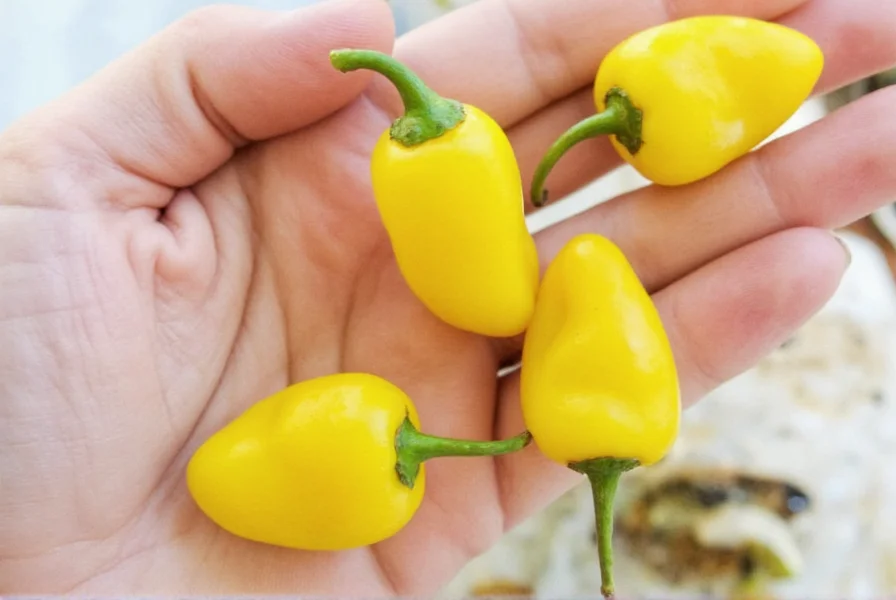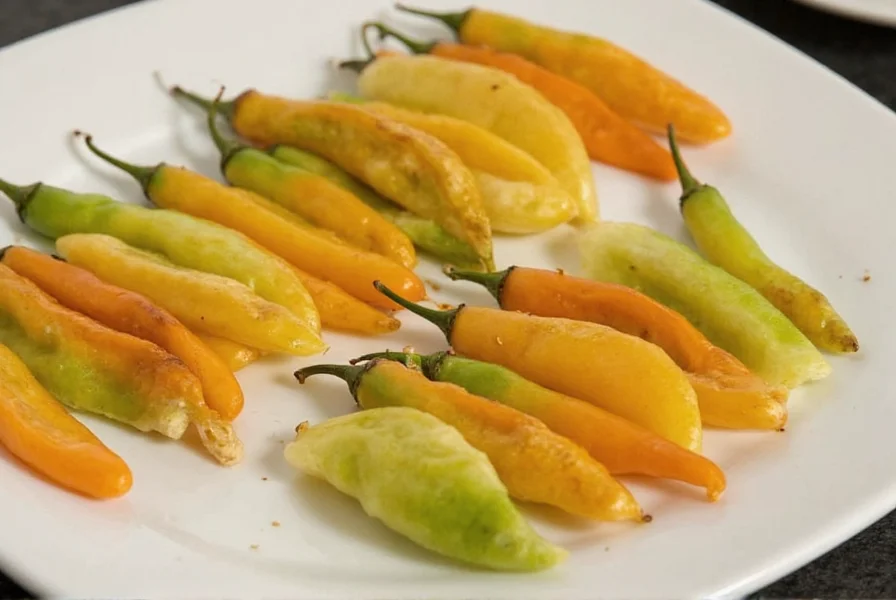Looking for fiery, smoky flavor to elevate your dishes? These 5 pequin pepper recipes deliver authentic heat and complexity with easy step-by-step instructions. Perfect for salsas, hot sauces, and bold rubs—no culinary expertise required!
5 Pequin Pepper Recipes for Bold Flavor Mastery
1. Smoky Pequin Pepper Salsa
Ingredients: 4 ripe tomatoes (diced), 1 small red onion (finely chopped), ½ cup fresh pequin peppers (minced), ¼ cup cilantro (chopped), 2 tbsp lime juice, 1 tsp sea salt
Instructions: Combine all ingredients in a bowl. Let sit for 15 minutes to meld flavors. Serve with tortilla chips or as a topping for grilled meats.

2. Pequin Pepper Hot Sauce
Ingredients: 1 cup fresh pequin peppers (stemmed), ½ cup apple cider vinegar, 2 garlic cloves, 1 tsp honey, ½ tsp salt
Instructions: Blend all ingredients until smooth. Simmer for 10 minutes on low heat. Strain through a fine-mesh sieve. Store in a sterilized bottle for up to 3 months.
3. Citrus-Garlic Pequin Pepper Rub
Ingredients: 2 tbsp ground pequin peppers, 1 tbsp smoked paprika, 1 tbsp garlic powder, 1 tsp cumin, 1 tsp brown sugar, 1 tsp salt
Instructions: Mix all ingredients. Rub generously on chicken, beef, or fish before grilling or roasting. Use 1 hour before cooking for maximum flavor penetration.
4. Mole Sauce with Pequin Pepper Depth
Ingredients: 10 dried pequin peppers (soaked), 2 cups chicken broth, ½ cup toasted almonds, 1 tbsp cocoa powder, 1 tsp cinnamon, 1 onion (chopped)
Instructions: Blend soaked peppers with broth until smooth. Sauté onion until golden. Combine all ingredients and simmer for 20 minutes. Serve over roasted vegetables or chicken.
5. Roasted Pequin Pepper Tacos
Ingredients: 1 cup roasted pequin peppers (chopped), 1 cup black beans (cooked), 1 cup corn, 1 avocado (diced), ½ cup cotija cheese, 8 corn tortillas
Instructions: Warm tortillas. Fill with beans, corn, roasted peppers, avocado, and cheese. Top with lime wedges and fresh cilantro.
| Recipe | Heat Level (SHU) | Prep Time | Key Flavor Notes |
|---|---|---|---|
| Smoky Salsa | 40,000-50,000 | 15 mins | Citrusy, fresh, bright |
| Hot Sauce | 50,000-60,000 | 20 mins | Sharp, tangy, lingering heat |
| Citrus-Garlic Rub | 45,000-55,000 | 5 mins | Smoky, savory, aromatic |
| Mole Sauce | 35,000-45,000 | 30 mins | Rich, earthy, complex |
| Roasted Tacos | 40,000-50,000 | 25 mins | Charred, creamy, balanced |
How do I adjust the heat in these recipes?
For milder heat, remove seeds and membranes from pequin peppers before using. For extra heat, add 1-2 additional peppers. Always taste before adding more—pequin peppers vary in intensity by harvest season.
Can I use dried pequin peppers instead of fresh?
Yes! Use 1 tsp dried pequin pepper powder for every 1 tbsp fresh peppers. Rehydrate dried peppers in warm water for 10 minutes before blending for sauces. For rubs, grind dried peppers into fine powder.
What dishes pair best with pequin peppers?
Pequin peppers shine in Mexican-inspired dishes like tacos, enchiladas, and salsas. They also complement grilled meats, roasted vegetables, and even chocolate desserts. Balance their heat with dairy (cheese, sour cream) or acidic ingredients (lime, vinegar).











 浙公网安备
33010002000092号
浙公网安备
33010002000092号 浙B2-20120091-4
浙B2-20120091-4